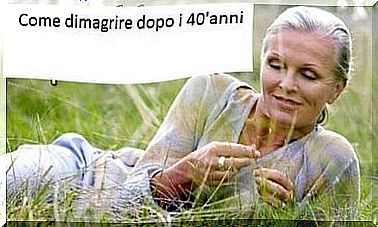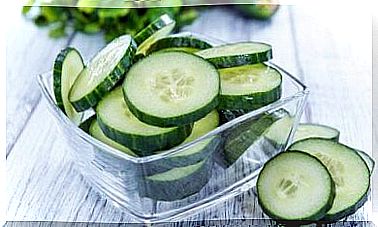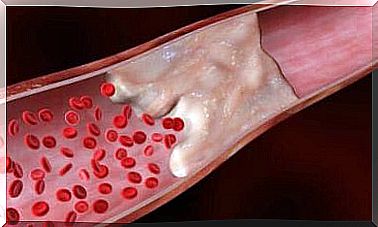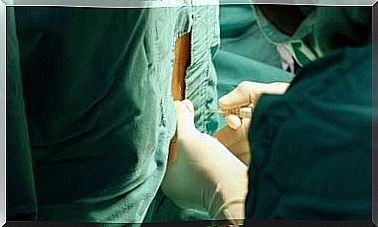Aortic Injury: How Is It Done?

The injury of the aorta is a lesion of maximum severity. Aortic ruptures of traumatic origin occur in isolated form, exceptionally, in penetrating trauma.
In cases of closed injuries, 16 to 40% of deaths are considered directly responsible for death in situ, second only to crani-brain trauma. They are associated with severe central nervous system injuries and represent overall (including heart injuries) the leading cause of early and immediate post-trauma mortality.
As for the etiology of aortic injury, road accidents are among the most frequent. And so are falls, especially when the impacts are lateral.
According to studies, only 15% of aortic injuries allow the patient to arrive in hospital still alive and mortality without any treatment rises to 90% within the first three months. The odds of survival will be determined by the severity of the aortic lesions, those associated and the treatment applied.
Classification of the lesion of the aorta
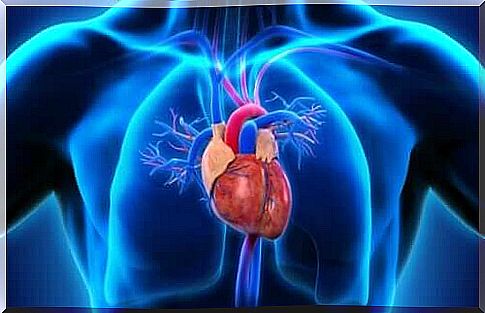
In the clinical practical guides we find a classification proposal that recognizes only 3 levels of lesion, with relative intervention:
- Grade I: these are lesions for which medical therapy based on beta-blockers and supervision is prescribed until the lesion is completely stabilized or completely disappeared.
- Grade III: These are injuries that require prompt surgery. Also included are those with a free or contained rupture caused by pseudoaneurysms that associate secondary symptoms with severe injury.
An intermediate group that is referred to as grade II are LIT-type injuries. Treatment will depend on other parameters, such as the stability of the lesion, the absence of secondary symptoms indicating its severity, and the patient’s other associated lesions.
The proposals of these simple to identify and coherent classifications allow to standardize the language and communication on the discoveries.
Symptoms of aortic injury
The symptoms that the patient manifests will influence the choice of treatment to be applied. We can highlight the symptoms associated with serious injury and the concept of stability of the injury over time.
Regarding the secondary symptoms of serious injury we can mention:
- Pseudocoartation: This is an abnormality of the aorta artery.
- Severe hematomas.
- Massive left hemothorax.
- The size of the pseudoaneurysm or the damage of more than 50% of the circumference.
These are factors that increase the severity of the injury. They therefore indicate the need for urgent intervention, while its absence allows for elective treatment. Another factor with the same significance is prehospital hypotension.
How is a diagnosis made?
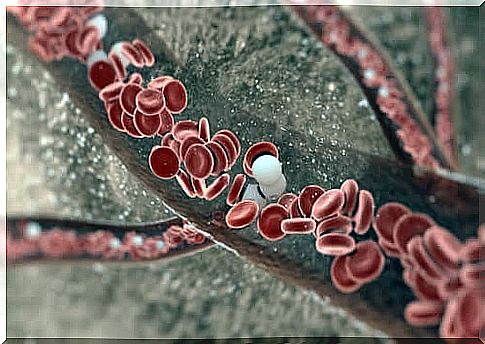
In recent years there has been a revolution both in the diagnostic process and in the choice of treatment for aortic injury. In this sense, there have been developments in parallel with an advance in computerized technology and the introduction of new endovascular repair techniques.
Consequently, on the one hand, the small lesions no longer go unnoticed and on the other hand there is a reduction in the mortality rate directly associated with the choice of the intervention procedure and the time of treatment.
The natural course of aortic lesions depends on several variables, as the degree is a determining factor, but it is not the only one that will affect whether or not a restorative or maintenance treatment is needed, and the most appropriate time to intervene.
In essence, there has been a revolution in the diagnosis of aortic injury ranging from suspicion triggered by indirect signals highlighted by chest X-ray to the identification of minor intimate lesions that previously remained hidden as they were not always accompanied by mediastinal hemorrhage.




